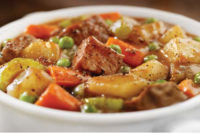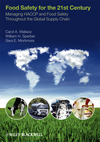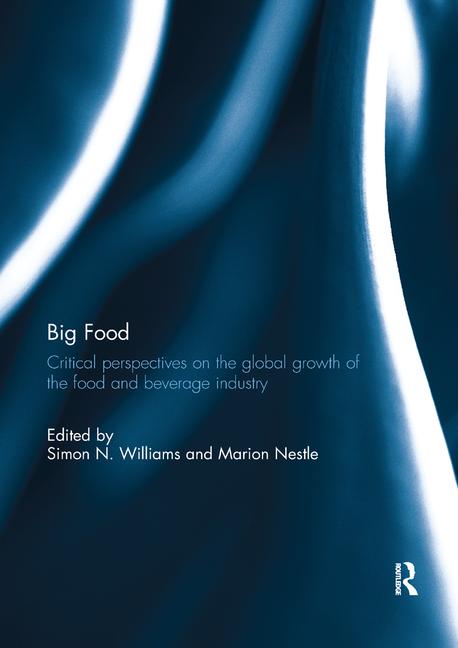The Global Texture Market
A new report defines and segments the food texture market.

The food texture market is expected to reach $11,840.8 million by 2018, with a CAGR of 5.0% for the forecast period. In 2012, North America led the market in value-terms, followed by Europe and Asia-Pacific.
Food and beverage companies use texturizing agents in a variety of processed foods due to the advantages they offer. Texturizing agents, though they primarily function as texturing agents, provide multiple benefits in food processing and improve the appeal of food and palatability. With rapid increase in convenience foods consumption, demand for processed foods is increasing. This consumer-driven demand for processed foods in bakery, confectionery, convenience foods, and dairy industries would drive the market for texturizing agents globally.
Globally, texturizing agents' consumption has been dominant in developed markets like U.S. and Europe due to the developed food processing industry. With prospering economies in developing markets and growing disposable income of people in these regions, demand for processed foods is increasing rapidly. Hence, growth patterns vary widely across the regions. Asia-Pacific is set to grow at the fastest pace and expected to be a dominant market in future in terms of both value and volume.
Due to the application-specific desirability of certain texturizing functions, players in the food texturizing agent market offer customized solutions to the food and beverage manufacturers. Thus, a combination of desired properties can be achieved in the food products through the use of a blend containing more than one food texturizing agent. The formulation of the blends offered varies throughout the application band according to the product recipes of the food and beverage manufacturers. They are often used individually or with mixed blends in the targeted product.
Looking for a reprint of this article?
From high-res PDFs to custom plaques, order your copy today!






